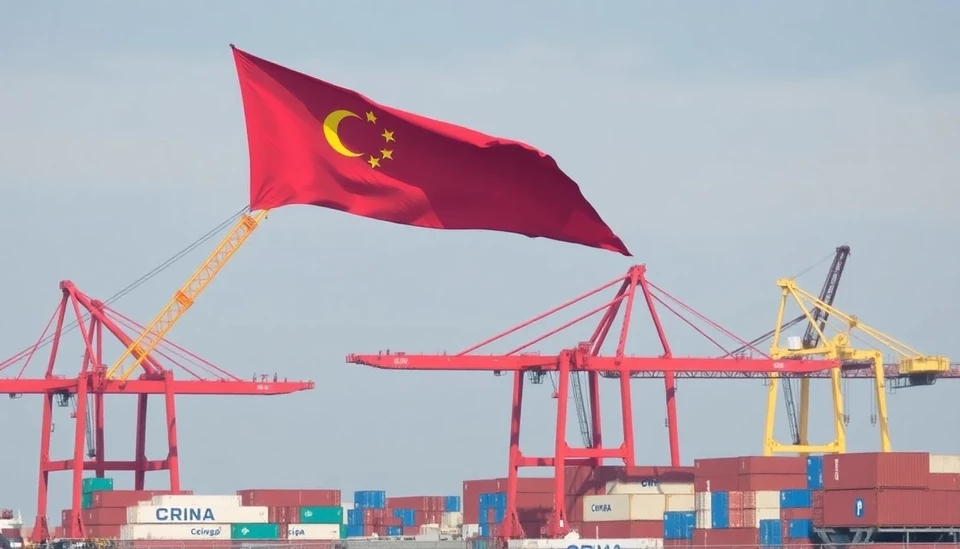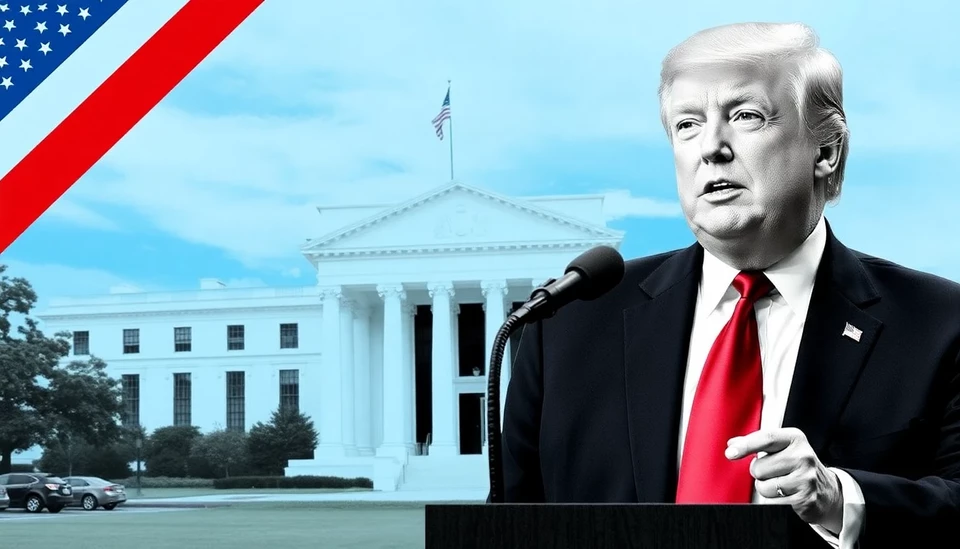
In a bold move impacting trade dynamics, former President Donald Trump has identified Chinese-made cranes as a target of economic scrutiny. This initiative stems from widespread concerns regarding national security and the need for American businesses to maintain competitive advantages in the shipping and logistics sectors.
According to sources, Trump’s administration is contemplating stringent regulations that could significantly increase the costs tied to importing cranes from China. These heavy-duty machines are critical for operations at ports, where efficiency and productivity hinge on reliable equipment. The push to limit imports follows broader sentiments around protecting U.S. industries and workers from foreign competition.
Proponents of the measure argue that by reducing reliance on Chinese products, American ports can bolster national security features across crucial infrastructure. They assert that cranes manufactured in China might pose risks, including vulnerabilities to cyber-attacks or operational disruptions. In recent years, the U.S. has seen an uptick in efforts to fortify supply chains, particularly within sectors deemed vital for economic stability.
However, the potential consequences of these additional tariffs and regulations could be fraught with challenges. Leaders from various shipping organizations have raised alarms that imposing higher costs on crane imports could lead to increased operational expenses for U.S. ports. This shift might be disastrous for small and medium-sized shipping companies that are already grappling with tight profit margins in a post-pandemic economic landscape.
Critics of Trump’s plan assert that instead of advancing U.S. interests, it could ultimately hinder port operations. With the vast expanse of goods arriving through American ports, any delay or increase in costs could ripple through the supply chain, affecting everything from consumer goods to industrial components. They argue that the focus should be on enhancing technological resilience in domestic manufacturing rather than imposing barriers that may lead to inefficiencies.
The new regulations could also impact the timeline of crane deliveries. While American manufacturers exist, they may face challenges scaling production to meet heightened demand; thus, the time taken to replace imported cranes could lead to notable deficits in logistical capabilities. This concern is particularly pertinent as U.S. ports continue to experience congestion, with more cargo arriving than ever before, necessitating efficient handling methods.
The political implications of Trump's proposal also warrant attention. As the former President works to galvanize support among his base, he is likely to leverage the narrative of protecting American jobs and sovereignty, feeding into the ongoing dialogue about the domestic economy. Trump's focus on manufacturing will undoubtedly resonate with workers in industrial sectors, but the counter-arguments from logistics and shipping advocates may arise as significant hurdles in ensuing discussions.
While the future of this initiative remains uncertain, it undoubtedly sets the stage for a renewed debate around trade policies and national security. Industry experts and stakeholders will be closely watching the developments, weighing the balance between national interests and operational efficiencies critical to the American economy.
As these discussions unfold, the implications for U.S. ports, manufacturers, and the larger landscape of international trade will be keenly observed. The ultimate decision of how best to navigate these complexities could redefine the economic scaffolding upon which American trade stands.
Hashtags:
#Trump #TradePolicy #ChineseImports #USPorts #CraneManufacturing #NationalSecurity #Logistics #ShippingIndustry #Economy
Author: Daniel Foster




